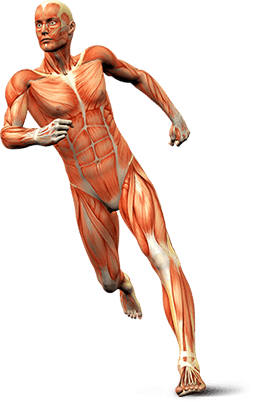Q & A on Rotator Cuff Tears with Dr. Katherine Coyner
Connecticut sports medicine specialist Dr. Katherine Coyner answers questions about rotator cuff tears.
Q. What treatments are available for rotator cuff tears?
A. Rotator cuff tears can occur in one of two ways. First is an acute tear, which is usually from trauma. This often happens when a patient is lifting something heavy and experiences an immediate onset of shoulder pain that wasn’t previously there. The other type is called chronic, where the patient has pain over time that is progressively getting worse.
Acute tears are typically treated with surgery. With chronic tears, we try to manage them without surgery to get the symptoms under control. If the pain persists, then surgical options are available.
Q. What are some of the benefits of arthroscopic surgery for rotator cuff tears?
A. For patients with rotator cuff tears and other sports injuries, minimally invasive surgery can mean less pain and a much shorter rehab process. Also, it involves a smaller incision, which creates a much smaller scar.
Q. What options are available for patients who experience a massive, irreparable rotator cuff tear?
A. An irreparable tear means the cuff itself can’t be repaired. But depending on the patient, and depending on his or her age, I’m able to do different augmentations using a patch of allograft tissue, such as superior capsular reconstruction. When appropriate, this lets me span that gap and give the patient function again. The last resort is to do a reverse total shoulder replacement, which is replacing the shoulder because the cuff is no longer functioning.

















